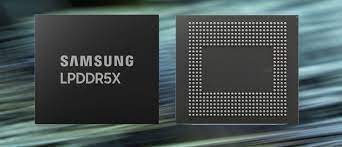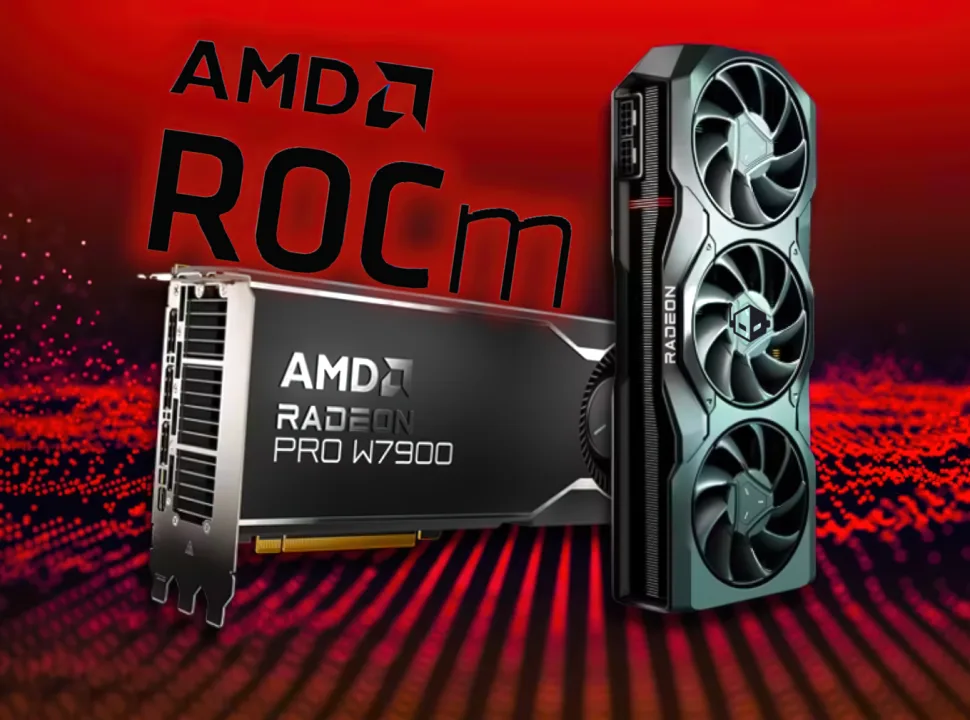DDR5 vs LPDDR5 vs LPDDR5X: A Detailed Comparison in 2024
In the dynamic landscape of computer hardware, memory technology plays a pivotal role in determining the overall performance of devices. Stepping into the realm of DDR5, LPDDR5, and LPDDR5X memory standards, understanding the differences becomes essential for consumers looking to make informed choices.
This article will delve into the intricacies of DDR5, LPDDR5, and the enhanced LPDDR5X to unravel the memory mysteries and guide you in selecting the right memory for your devices. They are primarily offered by companies like Gigabyte, Samsung, SanDisk, and many others.

DDR5 vs LPDDR5 vs LPDDR5X
| Feature | DDR5 | LPDDR5 | LPDDR5X |
|---|---|---|---|
| JEDEC Standard | JESD79-5 | JESD212 | JESD314 |
| Target Device | Desktops, Servers, High-Performance Laptops | Mobile Devices, Thin & Light Laptops | Mobile Devices, Thin & Light Laptops (High-End) |
| Form Factor | DIMM | PBA (soldered on) | PBA (soldered on) |
| Channel Count | Up to 8 | Up to 4 | Up to 4 |
| Data Rate | Up to 6400 MT/s | Up to 8400 MT/s | Up to 10600 MT/s |
| Bandwidth | Up to 51.2 GB/s | Up to 67.2 GB/s | Up to 84.8 GB/s |
| Voltage | 1.1 V | 0.9 V | 0.9 V |
| Power Consumption | Higher | Lower | Lower (than LPDDR5) |
| Operating Temperature | Wider range | Smaller range | Smaller range |
| Cost | More affordable | More expensive | More expensive (than LPDDR5) |
| Performance | Highest overall | Lower than DDR5, higher than LPDDR5X | Lower than DDR5, higher than LPDDR5 |
| Availability | Widely available | Limited | Emerging |
DDR5
DDR5, the iteration of data rate-synchronous dynamic random access memory (SDRAM) represents a significant advancement, in performance compared to its predecessor, DDR4. Primarily designed for desktop systems DDR5 brings forth improvements in terms of data transfer rates, capacity, and efficiency.

- Speed and Bandwidth: DDR5 delivers data transfer rates up to 7200-8400 Mbps. This increased bandwidth enables access to stored data resulting in enhanced system responsiveness.
- Capacity: With DDR5, desktop systems can now support memory capacities per module. This allows for the handling of datasets and resource-intensive applications.
- Efficiency: DDR5 incorporates on-die ECC (error correcting code) technology to enhance reliability. Additionally, it operates at voltage levels contributing to improved energy efficiency.
LPDDR5
LPDDR5 (Low Power Double Data Rate 5) is specifically tailored for devices like smartphones, tablets, and ultrabooks. It strikes a balance between performance and power efficiency to meet the demanding requirements of portable devices. Here are its key attributes:

- Low Power Consumption: LPDDR5 is optimized for energy efficiency by consuming power during both usage and idle states. This optimization plays a role in extending the battery life of devices.
- Data Transfer Speeds: Although not as fast as DDR5, LPDDR5 still provides data transfer speeds, usually around 6,400 Mbps. This ensures access to data. Enhances multitasking capabilities on mobile devices.
- Flexible Voltage Control: LPDDR5 incorporates voltage scaling, enabling the memory to adjust its voltage based on the workload. This dynamic voltage control helps conserve energy.
LPDDR5X
LPDDR5X is an enhanced version of LPDDR5, pushing the boundaries of mobile memory performance even further. While sharing similarities with LPDDR5, LPDDR5X introduces refinements to deliver an extra layer of speed and efficiency. Key features include:

- Higher Data Transfer Rates: LPDDR5X elevates the data transfer rates compared to LPDDR5, reaching speeds beyond 8400 Mbps. This is achieved through optimizations in signaling and architecture.
- Enhanced Power Efficiency: LPDDR5X maintains a focus on power efficiency, aligning with the demands of mobile devices. The memory standard aims to offer improved performance without compromising on battery life.
- Adaptive Voltage Scaling: Similar to LPDDR5, LPDDR5X incorporates adaptive voltage scaling, allowing the memory to dynamically adjust its voltage based on the workload. This feature contributes to optimal power management.
Which one should I buy in 2024?
- LPDDR5 and LPDDR5X are designed for lower power consumption and smaller form factors compared to DDR5, making them ideal for mobile devices and thin & light laptops.
- The higher data rate and bandwidth of LPDDR5X come at the expense of slightly higher power consumption compared to LPDDR5.
- DDR5 offers the best performance in terms of data rate and bandwidth, but it also consumes the most power and is not suitable for mobile devices.
- The choice between DDR5, LPDDR5, and LPDDR5X depends on the specific needs of the device. For high-performance applications where power consumption is not a major concern, DDR5 is the best choice. For mobile devices and thin & light laptops, LPDDR5 and LPDDR5X are better options due to their lower power consumption.
FAQs
Some FAQs on DDR5 vs LPDDR5 vs LPDDR5X:
What is memory decoding?
Memory decoding translates the memory address provided by the CPU into a specific set of signals that activate the correct memory cells for data access. It’s like a roadmap for the computer to find the exact location of data within the memory.
What are memory standards and why are they important?
Memory standards define the specifications for communication between the CPU and memory (RAM). These standards specify factors like:
Speed: How fast data can be transferred between the CPU and memory (e.g., DDR4-3200MHz).
Voltage: The amount of power the memory requires to operate (e.g., DDR4-1.2v).
Timings: The latency between memory commands (e.g., CAS Latency – CL16).
Capacity: The maximum amount of memory a module can hold (e.g., 8GB, 16GB).
Using compatible memory with the correct standard ensures optimal performance and stability in your system.








